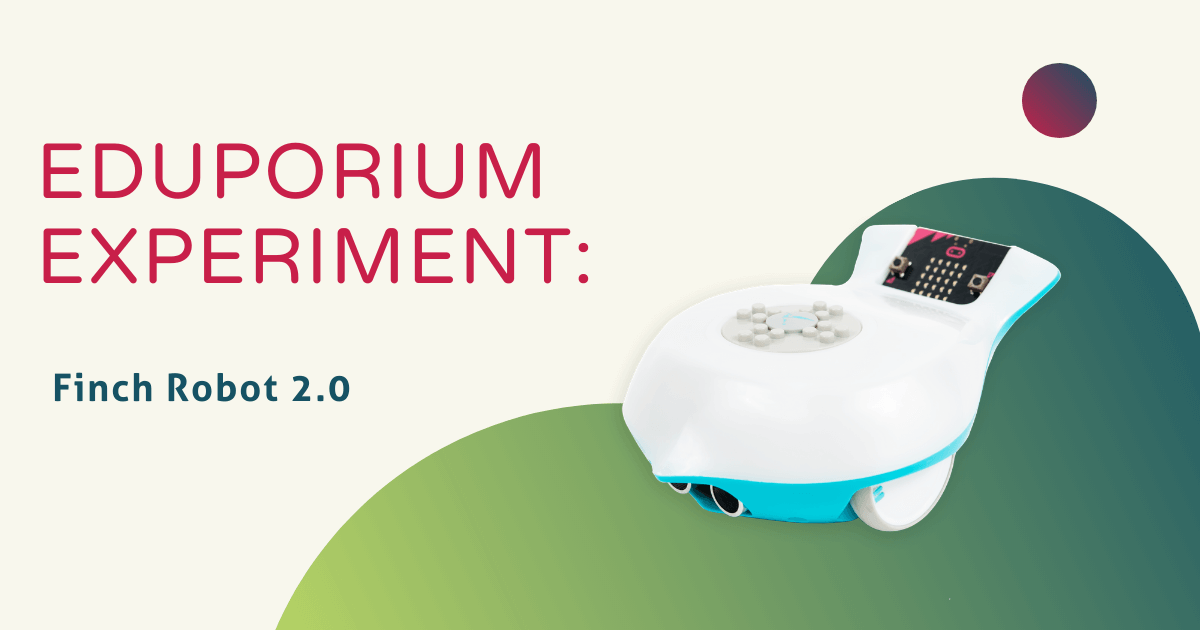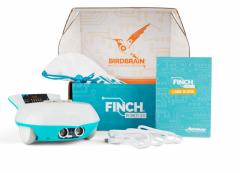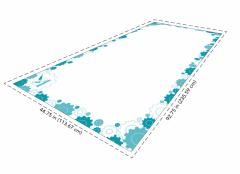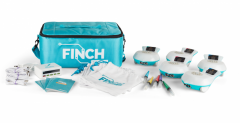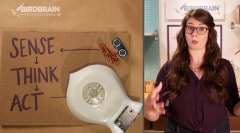We are all still excited about the Finch 2.0 Robot, which was the first upgrade to the Finch Robot since its release back in 2008. Although we've been using it and talking up its value for quite a while now, we're still finding new and creative ways for STEAM educators to maximize its features from our friends at BirdBrain. It is certainly one of the sleeker robots in education and will definitely remain valuable in the years to come. Plus, teachers have a huge range of options for using the Finch 2.0 to introduce kids to computer science! So, we thought we'd do a more in-depth exploration of using it in teaching coding at any grade level.
The Finch 2.0 has new features compared to the original, which help students who learn in different ways. It's also compatible with various devices and the variety of methods today's educators use when teaching computer science. Whether you are new to teaching programming or have some experience, the Finch 2.0 is an extremely useful coding tool for students starting in kindergarten and continuing up into college. They can program it using icon-based, block-based, and even text-based coding languages. And, this versatility helps make it an appealing, approachable, and enjoyable robotics tool for students of all ages. There's also an unlimited number of ways educators can incorporate social-emotional learning in Finch lessons, too.
Specifically, students could code in the FinchBlox language (new to the Finch 2.0), BirdBlox, MakeCode, Snap!, Python, or Java. FinchBlox is perfect for the youngest students (kindergarten) and Java is the most complex option. It also works with a wide range of devices, helping to increase accessibility and ensuring it fits within all classroom environments. There is nothing else quite like the Finch 2.0, which is a testament to its wide range of compatible coding languages. It's also compatible with a total of seven different operating systems, including iOS, Android, FireOS, ChromeOS, Windows, Mac, and Linux devices. Students can use it with computers or smart devices, helping illustrate how the future of robotics in education is bright.
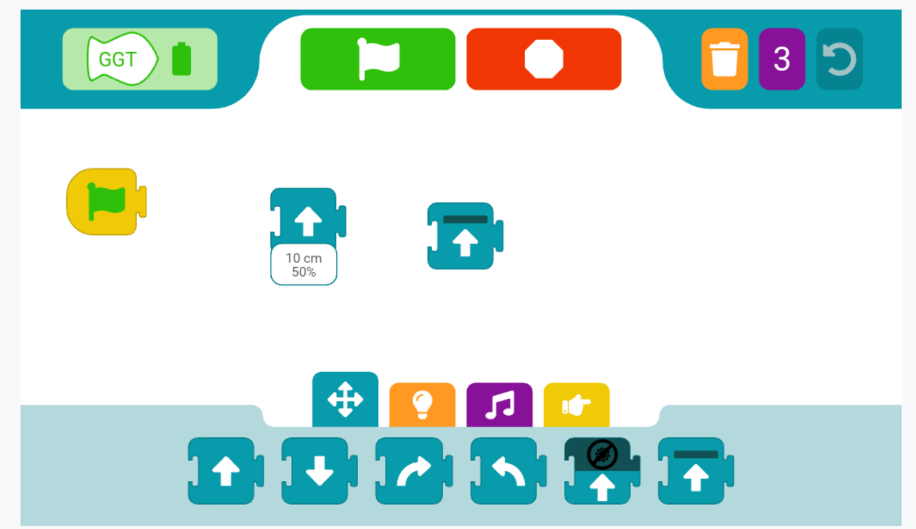
One of the most exciting features with the Finch 2.0 is its compatibility with the micro:bit V2. The micro:bit serves as the Finch 2.0's processor and opens up more coding opportunities with its additional inputs and outputs. This also enables students to utilize its compass, accelerometer, and buttons, which allows them to incorporate more elements in programs. Students can also program the micro:bit's LED matrix to light up or show messages while in the robot's built-in slot.
The Finch 2.0 also includes its own LEDs, light and distance sensors, line tracking sensors, a radio, buzzer, and marker holder. On the top of the robot, there's a plastic brick adaptor so students can potentially build on to their Finch with LEGOS or other building blocks. They can then create programs using a combination of robotics, art, and engineering elements. If that's not enough, its wireless connection was also upgraded and its rechargeable battery lasts for six hours.

If you’re just getting started with using the Finch 2.0, you’ll want to charge the robot overnight. They'll take around seven hours to fully charge and provide students with that long battery life. If you want to check the battery level, the indicators are right on the robot's taillights when powered on. Four green lights on the tail means the robot is fully charged and one red light means it needs charging. When it gets low on its battery life, kids can easily charge the Finch 2.0 with its included USB cable.
Along with these features, the BirdBrain Tech team also provides a free library with Finch 2.0 lessons and printable materials. There are some for educators at every grade level, including various project guides for incorporating all Finch 2.0 programming languages. The Finch Lesson Library includes engaging STEAM projects on many topics organized by degree of difficulty (beginner, intermediate, and advanced). And, the deep detail helps reduce intimidation and ensures kids feel confident with creating code before testing and running programs. It's certainly a great perk that the BirdBrain team provides these high-quality resources for teachers to go along with their reliable robotics tools.
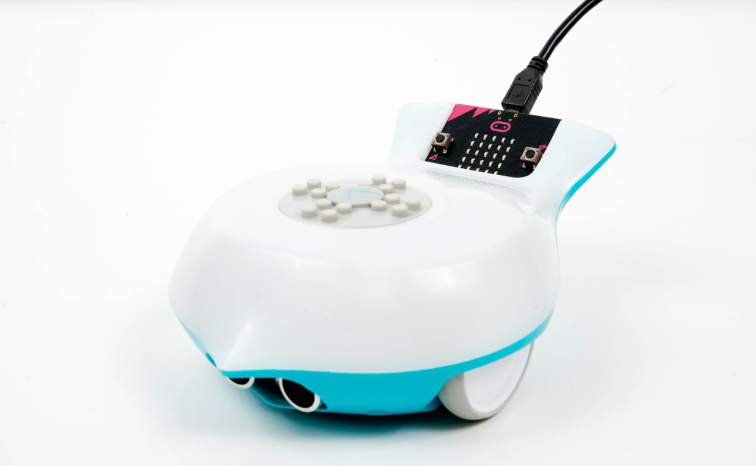
The Finch 2.0 truly offers that low-floor, high-ceiling upside STEAM teachers want from technology tools. Since it seamlessly fits into any computer science classroom and the BirdBrain team has made it real easy on educators, we're excited to see how robotics instruction continues to evolve. You can find the Finch 2.0 and Finch Robot Classroom Flock on our store. If you have questions about the Finch or other educational robotics tools, please reach out to our team. And, follow us on Twitter and Instagram for much more on everything from the world of STEAM education.



